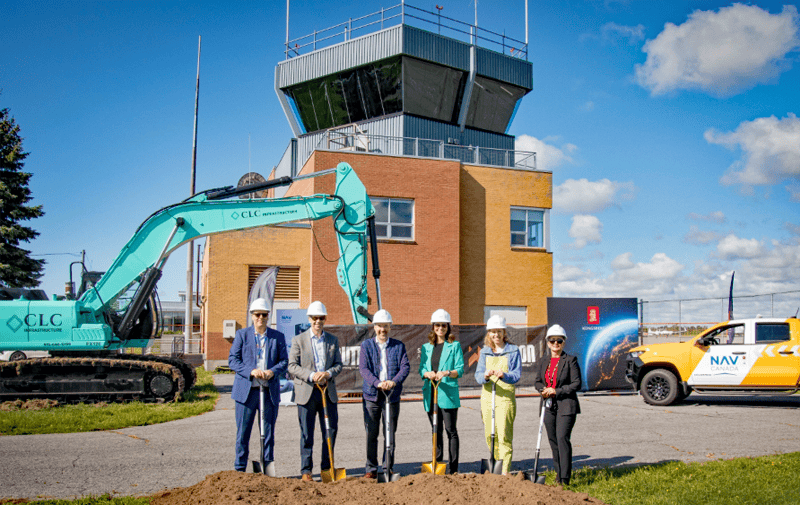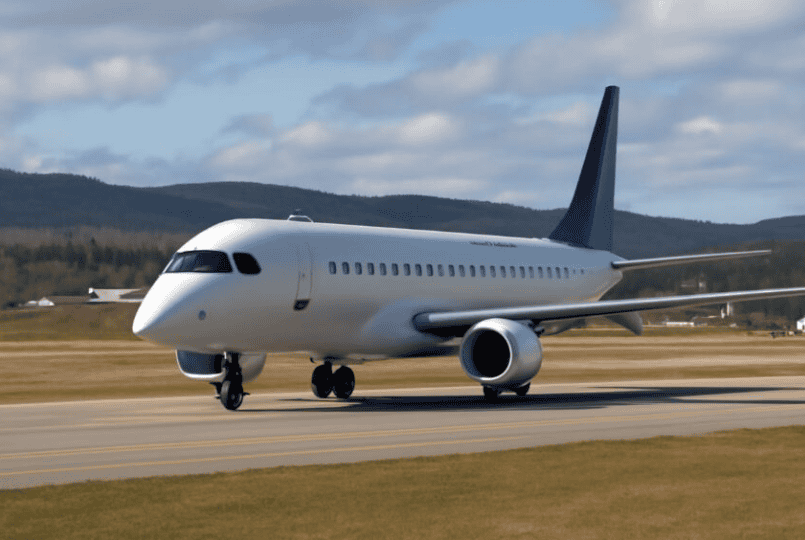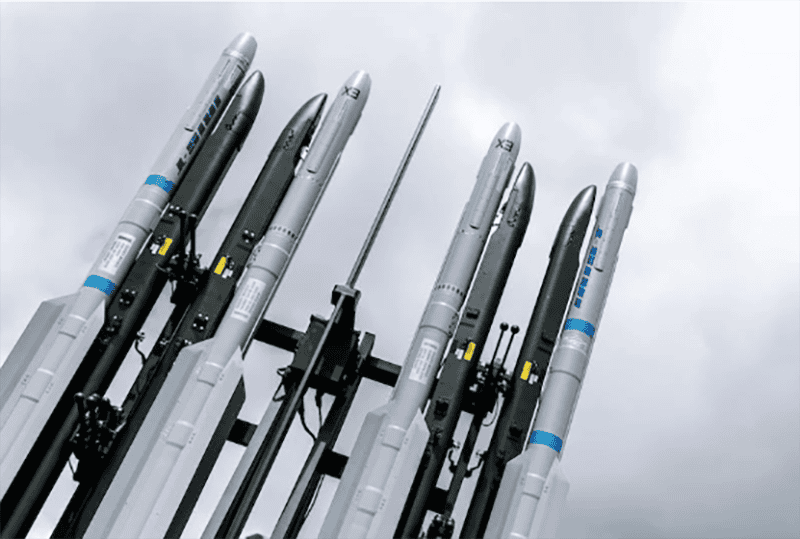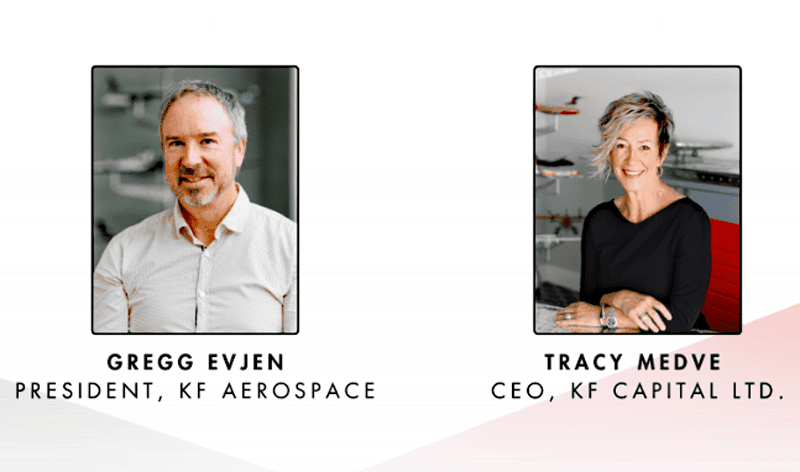READ MORE
Remembering Max Ward
Author: Michael Cooper
Tall and lean, sporting a warm wool coat, a scarf around his neck and a fedora cap on his head, sixteen year old Max stood at a newspaper stand on a cold dry prairie evening in downtown Edmonton. Light leaked from a nearby lamppost, casting a glow through the dark cold air. Max’s eyes searched the stack of Edmonton Journal newspapers in front of him. The headline, “United Air Transport Launches Service to Yukon,” caught his attention. Max picked up the newspaper and hungrily read the story. It was 1937 and another would-be Canadian aviation legend, future Canadian Pacific Airways President and Chief Executive Officer, Grant McConachie, was charting his first air route with his first airline. Max wouldn’t have known it at the time, but he was only a few years behind McConachie in ambition and success. His name too was destined to ring among those of the greatest Canadian aviators to have ever lived.
Max Ward was born in Edmonton, Alberta, in November of 1921. Like many aviators before him, including Grant McConachie, Max grew up fascinated by stories of Canada’s pioneering bush pilots. Their stories headlined the newspapers of the day frequently. He dreamed of life in their company, in airplanes, high above the clouds, chasing adventure. In 1941, at the age of twenty, Max earned his pilot’s licence while serving with the Royal Canadian Air Force (RCAF). He became a flight instructor with the RCAF and during the Second World War trained pilots at various bases across Canada. In 1946, Max left the RCAF and moved with his wife to Canada’s north where he would realize his dream of becoming a bush pilot.
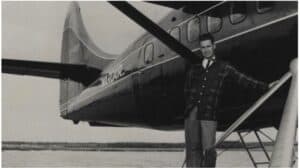
A young ambitious Max Ward with his 14 seat Da Havilland Otter. Source: ca.travelpulse.com / Author: Jim Byers. 2019.05.14
In 1953, Max Ward founded Wardair, in Yellowknife, Northwest Territories, with a single 14-seat De Havilland Otter aircraft. Wardair was well received and quickly earned the respect and trust of its passengers and customers. It would go on to ride the wave of the jet age and enjoy the prosperity that came with it. Fast forward thirty years to the 1980’s and Wardair was flying five Boeing 747’s, three McDonnell Douglas DC-10’s, twelve Airbus A310’s and three Airbus A300’s. Its network of flight routes charted across oceans and was reaching the far corners of the world. Wardair was in the big leagues, competing head to head with Air Canada and Canadian Pacific Airways, juggernauts of the era.
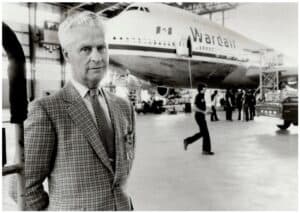
Max Ward, established airline titan, in front of his flagship, the Boeing 747, 1981.
Source: globalnews.ca / Author: Bob Weber. 2020.11.3
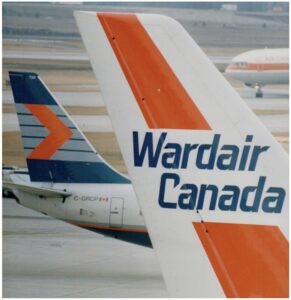
Survival of the strongest? Air Canada > Canadian Airlines > Wardair.
Source: globalnews.ca / Photographer: Patti Gower. Toronto Star via Getty Images
Stories of Wardair are legendary. It certainly was a different time in aviation when Max’s jets flew. The skies were quieter with less traffic but the atmosphere in the airplane cabins was off the charts electric. I like to imagine Wardair as the Pan Am Airways of Canada. Steven Spielberg’s film, “Catch Me If You Can,” will set the scene for you. Speaking to my classmates and I in 2008, one of our initial flight attendant training instructors told us of her early days as a flight attendant with Wardair. She would be gracefully weaving around guests during a cocktail party in the top deck bubble of the Boeing 747, with a silver tray of champagne flutes on hand, when the seatbelt sign would switch on. “Please take your seats ladies and gentlemen.” The passengers would disperse from their dancing and mingling and find seats on velvet-upholstered banquets that rounded the edges of the aircraft passenger cabin. No seatbelts in the party bubble we were told. Our instructor then showed us a photograph from that chapter of her career; she was in uniform, wearing a dark afro hairstyle wig over her blonde hair, beaming brightly with a smile. We were quickly reminded of the strict uniform code that we were expected to follow as new-hire flight attendants at Air Canada.
Max Ward was meticulous in the design of his vision in every way, from the aircraft his airline flew, to the dinnerware and cutlery placed on a passenger meal tray. Wardair famously served its in-flight meals on Royal Doulton fine china. It was recounted by Max’s grandson that his grandfather would frequently travel in coach/economy class when onboard his airline, seeking to get the true pulse of the passenger experience. One day, on a flight to Toronto, Max was served a hard bread bun with his meal. He ate his meal but set the bread bun aside and put it in his briefcase. Later, after arrival, he went to a company office where he took the hard bread bun from his briefcase and threw it at the manager responsible for food preparation and in-flight service. Max wanted the best for his passengers and would accept nothing less.
I never got to fly on the wings of Wardair. I was five years old in 1989 when Max sold his airline to Pacific Western Airlines (PWA) International at a share price of $17.25 to the tune of $248 million. Soon after, Wardair was absorbed into Canadian Airlines. Grant McConachie’s legacy took control. Announcing the sale, at a news conference in Toronto, Max told reporters, “We had cash flow problems that were going to catch up with us.” Canadian Airlines acquired the bulk of Wardair’s fleet. However a few aircraft went elsewhere to other buyers. Interesting to note that one of Max’s Boeing 747’s went to FedEx Express. Fresh paint would splash over the Wardair livery erasing an era in Canadian aviation.
Max Ward died on November 2nd, 2020, a few weeks shy of his 99th birthday. He is remembered for his vision, his passion and his significant contribution to Canadian aviation. His is a remarkable story that inspires us and urges us to pursue our wildest dreams. His legacy echoes in the airframes and airways above Canada and I hope it always will.
Bibliography:
https://www.usatoday.com/story/travel/roadwarriorvoices/2016/01/10/this-is-what-it-was-like-to-fly-in-the-1930s/83283086/
https://www.alaskahighwayarchives.ca/en/chap4/1Bpilots.php
https://www.theglobeandmail.com/canada/article-aviation-pioneer-max-ward-who-built-a-regional-carrier-into-canadas/
https://www.planespotters.net/airline/Wardair-Canada
https://www.airliners.net/forum/viewtopic.php?t=113745
https://financialpost.com/transportation/tenacious-porter-founder-has-prevailed-in-the-airline-industry-against-all-odds
https://www.cbc.ca/listen/live-radio/1-52-radio-active/clip/15794265-remembering-wardair
Photography:
- https://ca.travelpulse.com/news/people/max-ward-airline-pioneer-takes-his-place-in-canadian-travel-hall-of-fame.html
- https://globalnews.ca/news/7441066/aviation-pioneer-max-ward-death/
- https://globalnews.ca/news/7441066/aviation-pioneer-max-ward-death/


